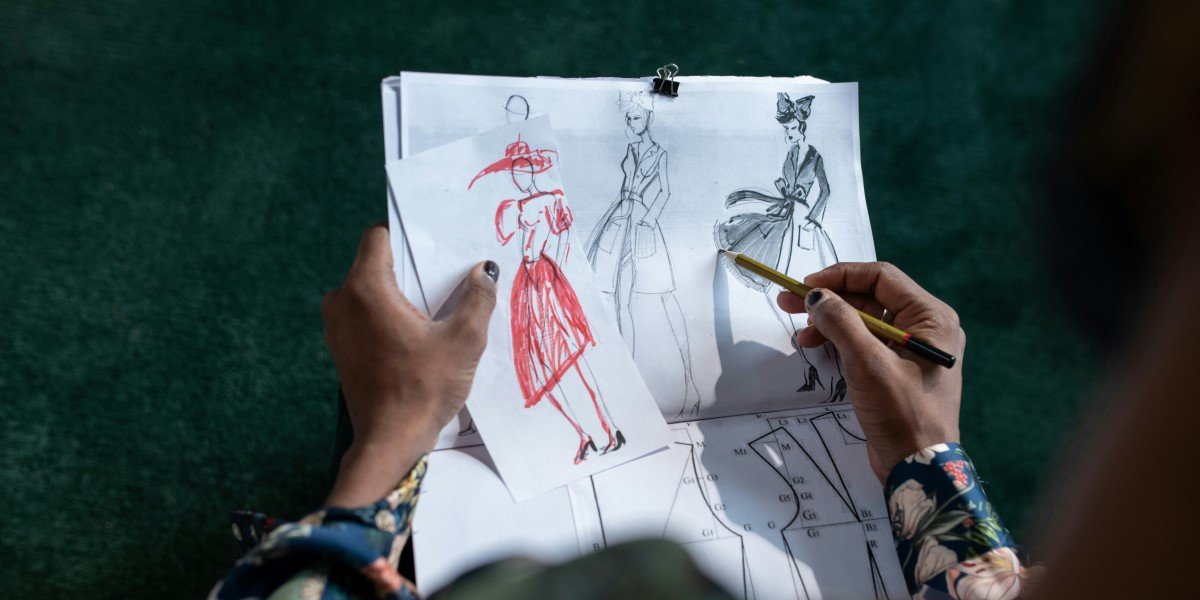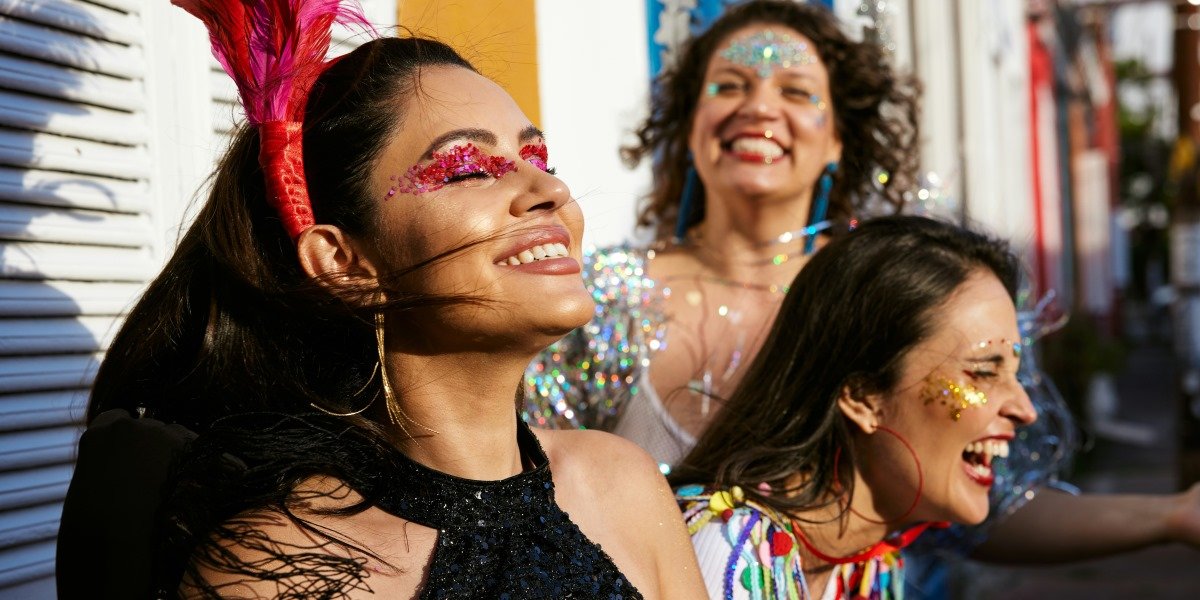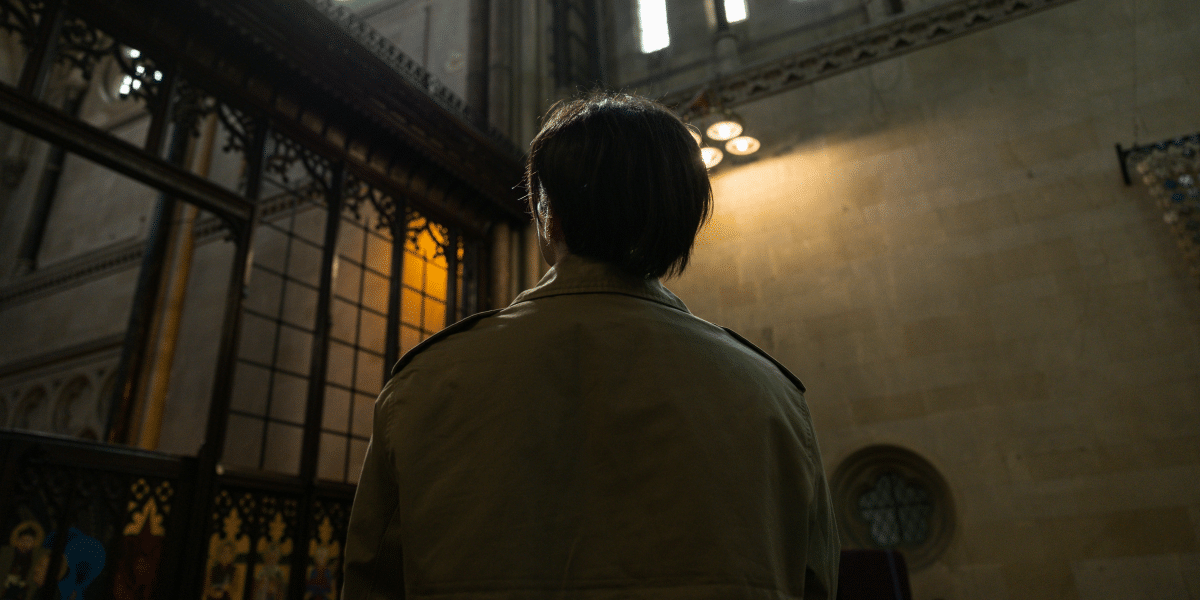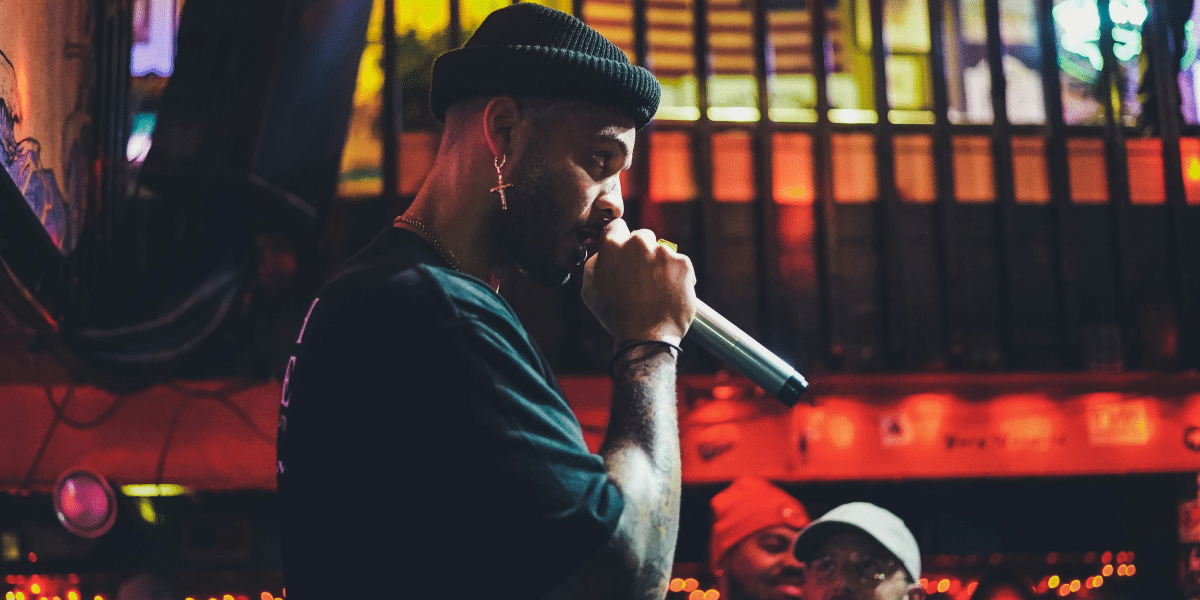The clothes characters wear on screen or stage are far more than simple outfits; they are carefully crafted elements that help tell a story. The process of creating these garments, often unseen by the general audience, involves a truly detailed journey. It’s a fascinating area that combines historical accuracy, artistic vision, and practical considerations to dress a fictional world.
From Research to Concept Sketches

Photo Credit: Unsplash.com
The journey begins long before any fabric is cut. Costume designers start by diving deep into research. For instance, understanding how garments were constructed in a particular century helps create authentic silhouettes and details for:
- Historical dramas
- Period pieces
For a fantasy or science fiction story, the research shifts to conceptualizing entirely new styles that fit the imagined world, perhaps drawing inspiration from architectural forms or natural elements. This initial phase helps shape the overall look and feel, ensuring the costumes align with the setting and mood of the narrative. Once this initial research is complete, designers move to the drawing board, creating concept sketches. These early drawings visualize how the costumes will look, capturing colors, textures, and silhouettes. This could involve sketching:
- Multiple variations of an outfit for a specific role
- Different necklines or embellishments for a character’s attire
These sketches are vital for communicating ideas to the director, producers, and other design teams, ensuring everyone shares a common vision for the characters’ appearances. It’s a collaborative stage where ideas are refined and adjusted to serve the storytelling effectively.
Selecting Materials and Building Garments
With designs approved, the focus shifts to fabric selection. This involves choosing materials that not only look right but also behave correctly on camera or under stage lights. The choice of material is often dictated by the garment’s purpose, such as:
- Heavy velvet for a regal drape in a period gown
- Shimmering, lightweight material for an ethereal effect for a fantastical character
A fabric might need to drape a certain way, reflect light specifically, or withstand rigorous action sequences. The chosen materials then move to the tailoring and construction phase. Skilled artisans meticulously cut, sew, and embellish each garment, paying close attention to every detail, from the stitching to the buttons. This precise work might include:
- Tiny hand-stitched beads to create a unique texture
- Custom-dyed fabrics to achieve a specific color palette
This precise work transforms flat fabric into three-dimensional costumes.
Designing for Performers: Movement and Durability
Beyond aesthetics and basic construction, there are many practical considerations for performers. Costumes must allow for ease of movement, especially in action-heavy scenes or dance numbers. Examples of this vital flexibility include:
- Unrestricted movement for a performer in a combat sequence
- Comfort and agility for dance-heavy performances
They also need to be durable enough to withstand multiple takes or performances, and sometimes require clever alterations for quick changes or specific stunts. A stage costume, for instance, might need:
- Reinforced stitching in high-stress areas to endure repeated use
- Strategic closures for rapid costume changes between scenes
Designers work closely with the production team to ensure that the costumes meet these functional demands without sacrificing the artistic vision. The longevity and flexibility of the garments are just as important as their visual appeal.
Costumes and Character: Visual Storytelling

Photo Credit: Unsplash.com
These carefully designed costumes play a significant role in defining characters and signaling specific periods or settings within a story. A particular collar, a unique pattern, or a specific type of footwear can subtly convey aspects of a character’s personality, social status, or even their emotional state. Consider how clothing can instantly communicate:
- A crisp, tailored uniform conveying authority and discipline
- A worn, patched garment suggesting a humble background or a life of hardship
- Regal attire indicating power or high social standing
They immerse the audience deeper into the story, making the fictional world feel more real and believable. This detailed work, from the first sketch to the finished garment, truly highlights the artistry and precision involved in bringing visual narratives to life.










